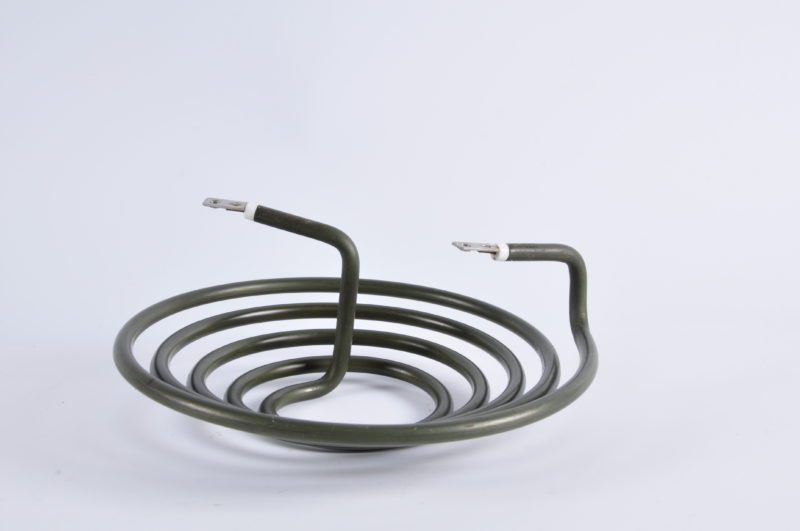Heating tubes are usually divided into civil heating tubes and industrial heating tubes. The industrial heaters are always non-standard products, and the structures are various. And the designment of structure is usually convenient for the installation of heating equipments, so we should pay attention to many aspects when designing the structure of heating pipes. According to the <JB/T 2379-93 >, we introduce some design rule of electric heating element’s constructures for your refernece when purchasing.
- The influence of thermal expansion, cooling shrinkage, ablation, oxidation, and creep should be taken into account in the design of heating pipes so as to avoid failure due to deformation in normal work.
- The design of the inner structure of the heating tube should ensure that the material selected for manufacturing the heating element is not damaged at the highest temperature or in the case of the highest temperature that may be encountered in its processing, and can still work reliably.
- Welding structure design of heating pipe should conform to relevant standards. The welding seam of pressurized heating pipe, especially the part inside the container, should be as few as possible. The setting of welding seam should be convenient for inspection.
- The design of pressure-bearing heating tube shell and its accessories must conform to the relevant standards.
- Heating elements (including ends) must be sealed.
- In order to ensure the service life of electric heaters, corrosion-resistant metal pipes or protective sheaths must be used in heating pipes for corrosive media.
- When the shell of heating tube is made of ordinary steel or other alloy material whose performance is better than ordinary steel, its wall thickness should be no less than 0.35 mm. When the shell is made of copper or copper alloy, the corresponding mechanical strength must be used to make it adapt to the harsh working environment.
- The bending radius of the electirc tubular heaters should be no less than 2.5 times the diameter of the heating tubes.
- The bending shape of the heating tube must ensure that the inner end of the drawing rod is on the straight part of the tube, and the distance from the bending starting point should not be less than 10 mm.
- The direction of two interception parts with the potential difference greater than 40V and the gap between the interception part and the shell and the thickness of the insulation filler should not be less than 1mm, and the distance between the exposed lead and the shell should not be less than 1mm. (Note: If there is agreement, the clearance and distance mentioned above can be less than 1 mm, but it needs to be designed and manufactured carefully to ensure performance and reliability).
- The cross-sectional area of the lead-out wire of the heating pipe should be not less than 7 times that of the electric heating wire.
The above rules are taken from JB/T 2379-93 Industrial Heating Pipe Standard, for reference only.

Hi Jack
Would you explain more from no 7-11 points, with picture examples.
Tesfaldet Araya.